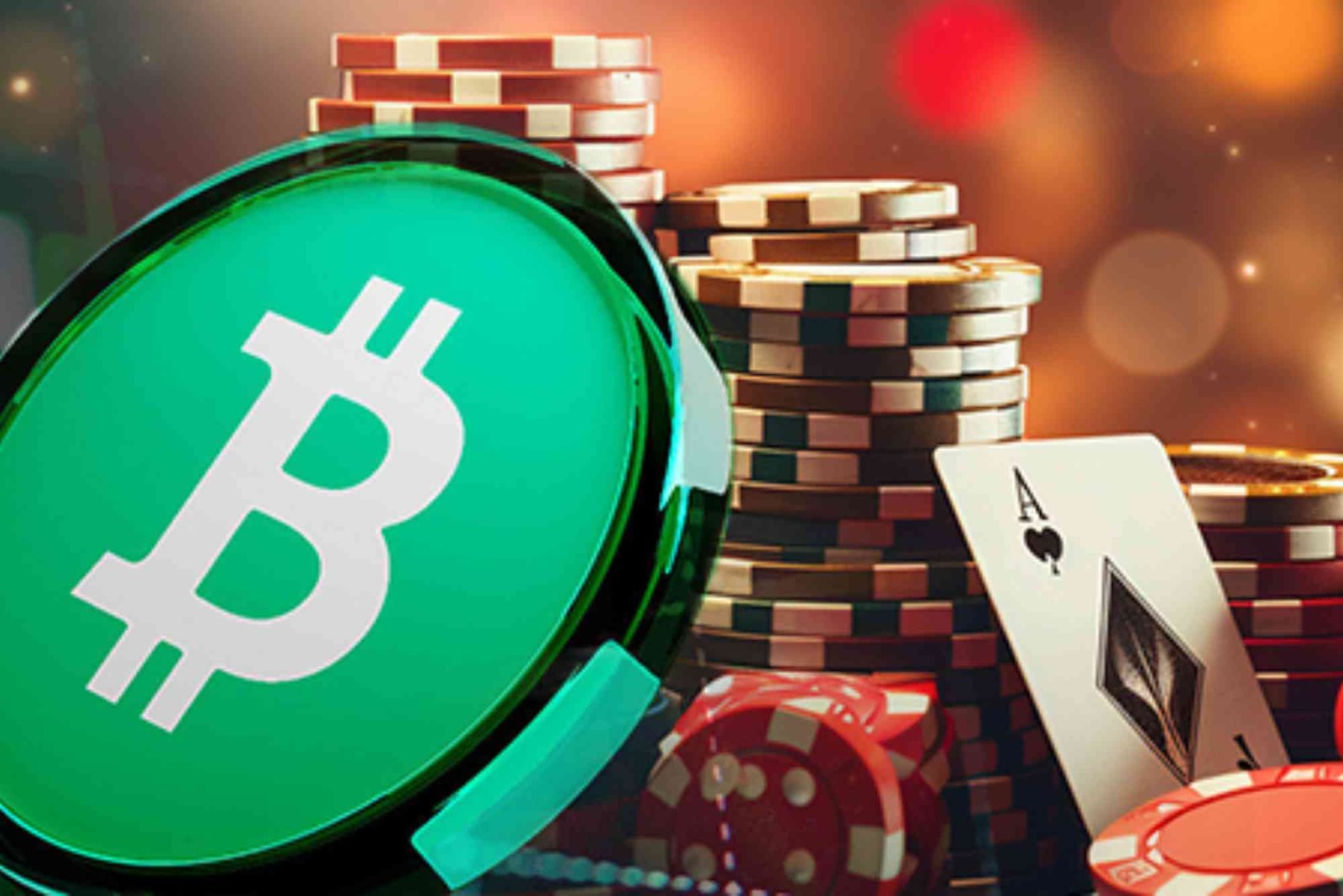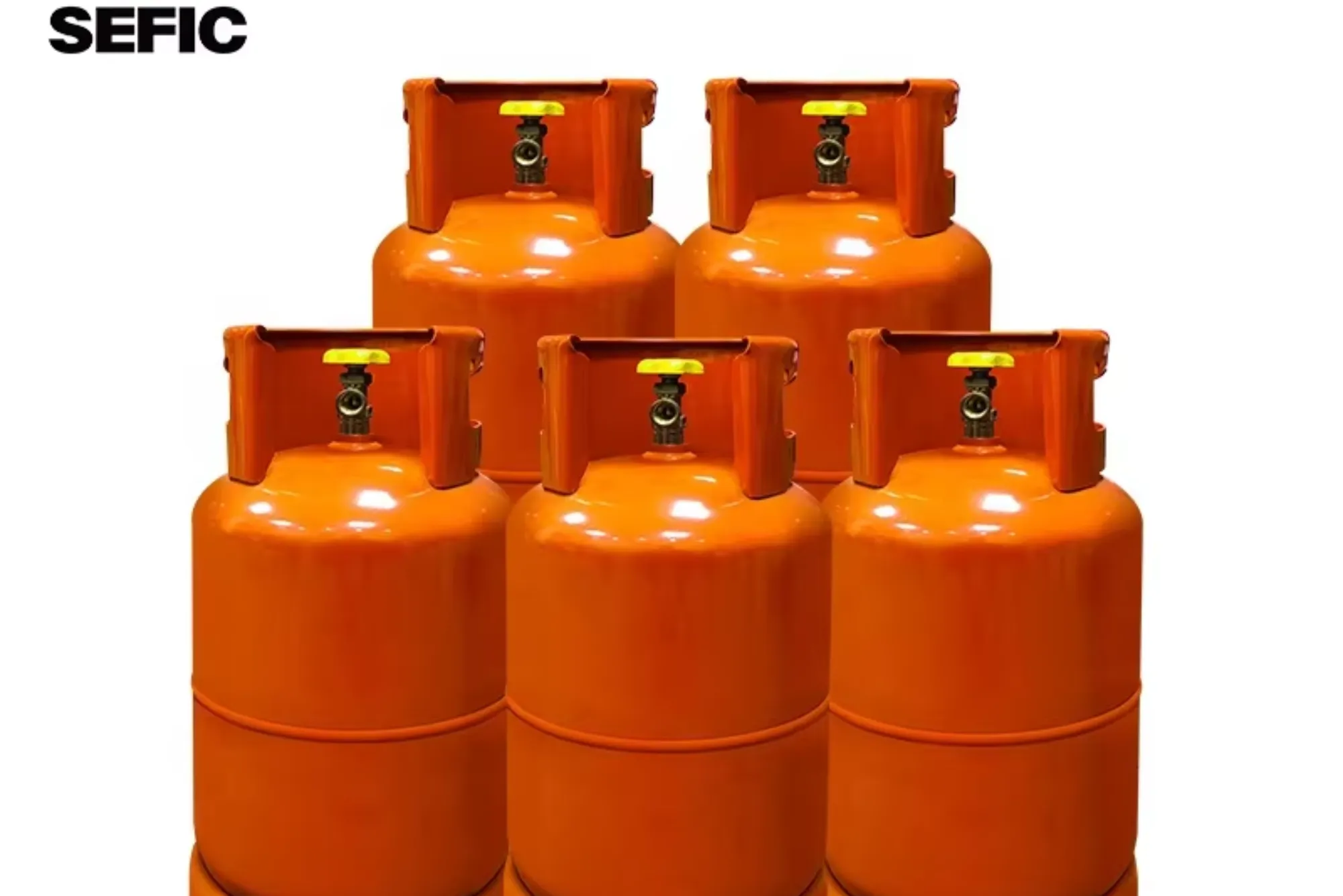Casinos have always been more than just places to gamble. They are carefully designed environments built to captivate, entice, and prolong play. From the way slot machines chime to the smell of freshly brewed coffee wafting across the floor, every detail is intentional. But one of the most powerful elements often goes unnoticed—color.
Bright colors are everywhere in gambling settings: glowing slot machines, neon signs, colorful chips, and vibrant table layouts. Even in online casinos, bold digital palettes dominate the screen. These choices aren’t random. They are deeply tied to psychology, influencing mood, decision-making, and even how much money players are willing to risk.
How Bright Colors Stimulate the Brain
Color is more than visual decoration; it’s a form of psychological influence. Bright shades like red, yellow, and orange are known to stimulate arousal and excitement. When players are surrounded by these colors, their brains release dopamine, the neurotransmitter responsible for pleasure and reward. This chemical reaction heightens emotions and creates a sense of urgency to act.
This is particularly effective in gambling because the thrill of risk-taking is already tied to dopamine. Adding bold, saturated colors enhances this effect, amplifying the emotional highs of wins and softening the disappointment of losses. It’s one reason why casinos rarely use muted or dull palettes. Bright environments keep energy levels up, helping players stay engaged longer.
Modern gambling platforms also recognize the impact of design. Many of the newest bookmakers experiment with vivid color schemes on their websites and apps, knowing that visual stimulation can be as persuasive as the betting odds themselves. The combination of bright graphics and immersive features makes these platforms feel more exciting and dynamic, encouraging players to stay active.
Red: The Color of Urgency and Action
Among all colors, red holds a special place in casino psychology. It is often associated with passion, energy, and urgency. Studies have shown that red can increase heart rates and even influence risk-taking behavior. This explains why red is so prominent in gambling environments, from the felt on roulette tables to the flashing “spin” buttons on slot machines.
Red creates a sense of immediacy, pushing players to act now rather than deliberate. In an environment where hesitation might lead to missed opportunities, that kind of influence is powerful. Online casinos use red strategically in call-to-action buttons, ensuring players feel compelled to place bets or continue playing.
The Calming and Trustworthy Role of Blue
Interestingly, not all bright colors in casinos are designed to excite. Blue, though technically calming, is often used in combination with more stimulating shades to balance the experience. It conveys trust, stability, and reliability. When paired with reds and yellows, blue creates a sense of reassurance that offsets the heightened emotional state.
Many gambling platforms use blue in their branding or interfaces to project fairness and safety. It’s a subtle psychological message: while the bright colors excite you, the cooler tones reassure you that the environment is trustworthy. This dual effect helps players feel both thrilled and secure, an ideal combination for prolonged engagement.
Yellow and Gold: The Promise of Wealth
Yellow and gold tones are symbolic in gambling. They evoke optimism, luck, and the idea of prosperity. Gold in particular is synonymous with riches and rewards. Casinos often use these shades in jackpots, chip designs, and digital coin animations on slots.
Psychologically, yellow stimulates mental activity and optimism. When players see golden jackpots glowing on a machine, it reinforces the idea that wealth is within reach. Even if the statistical odds remain low, the association of gold with winning keeps players motivated.
Color Psychology in Online Casinos
The influence of color isn’t limited to brick-and-mortar casinos. Online platforms rely heavily on color psychology to create engaging experiences. Designers test different shades for buttons, banners, and backgrounds to see which generate the most clicks and interactions.
For example, a glowing green “Play Now” button may encourage action by signaling positivity and progress, while orange banners highlighting limited-time offers create a sense of urgency. The strategic use of color keeps players engaged, reducing the chance that they’ll log off and disengage.
I’ve noticed that even small details—like the background shade of a blackjack table in a live dealer game—can subtly affect mood. A rich, dark green feels classic and trustworthy, while a neon-lit environment feels fast-paced and exciting. These aren’t accidents but deliberate choices made to maximize engagement.
When Bright Colors Become Overwhelming
While bright colors are powerful, they can also be overwhelming if overused. Some players experience sensory fatigue when bombarded with too many flashing lights and neon shades. In extreme cases, it can lead to anxiety or decision fatigue, where players feel too stimulated to think clearly.
Casinos are aware of this and typically balance their environments with areas that are more subdued. Lounges, restaurants, and hotel lobbies often feature neutral palettes to give players a break before they return to the action. Online platforms achieve this balance by mixing bold accents with calmer backgrounds.
The Link Between Color and Gambling Behavior
Research into color psychology and gambling has revealed that colors don’t just affect mood—they also influence betting patterns. Bright, stimulating colors tend to encourage higher levels of risk-taking, while cooler, muted shades promote more cautious play.
This doesn’t mean that players are powerless to resist color influences. Awareness is the first step toward managing how these design choices affect behavior. By understanding how colors are used to trigger emotions, players can make more deliberate decisions and avoid being swept away by the atmosphere.
Final Thoughts
Bright colors in casinos aren’t there by chance—they’re tools of psychological persuasion. From the urgency of red to the optimism of gold and the reassurance of blue, every shade has a purpose. Whether in land-based venues or digital platforms, colors are carefully chosen to shape mood, influence behavior, and ultimately keep players engaged.
For gamblers, being aware of these effects is empowering. Recognizing how your environment influences your emotions can help you make clearer, more rational choices. Colors may set the stage, but it’s up to you to decide how the game plays out.



